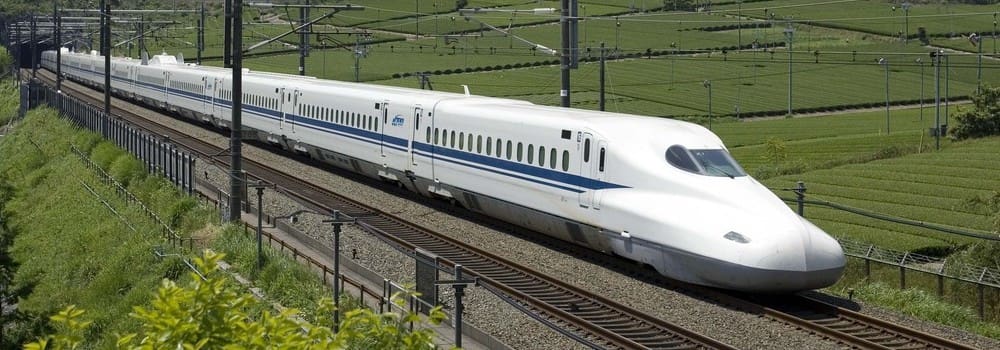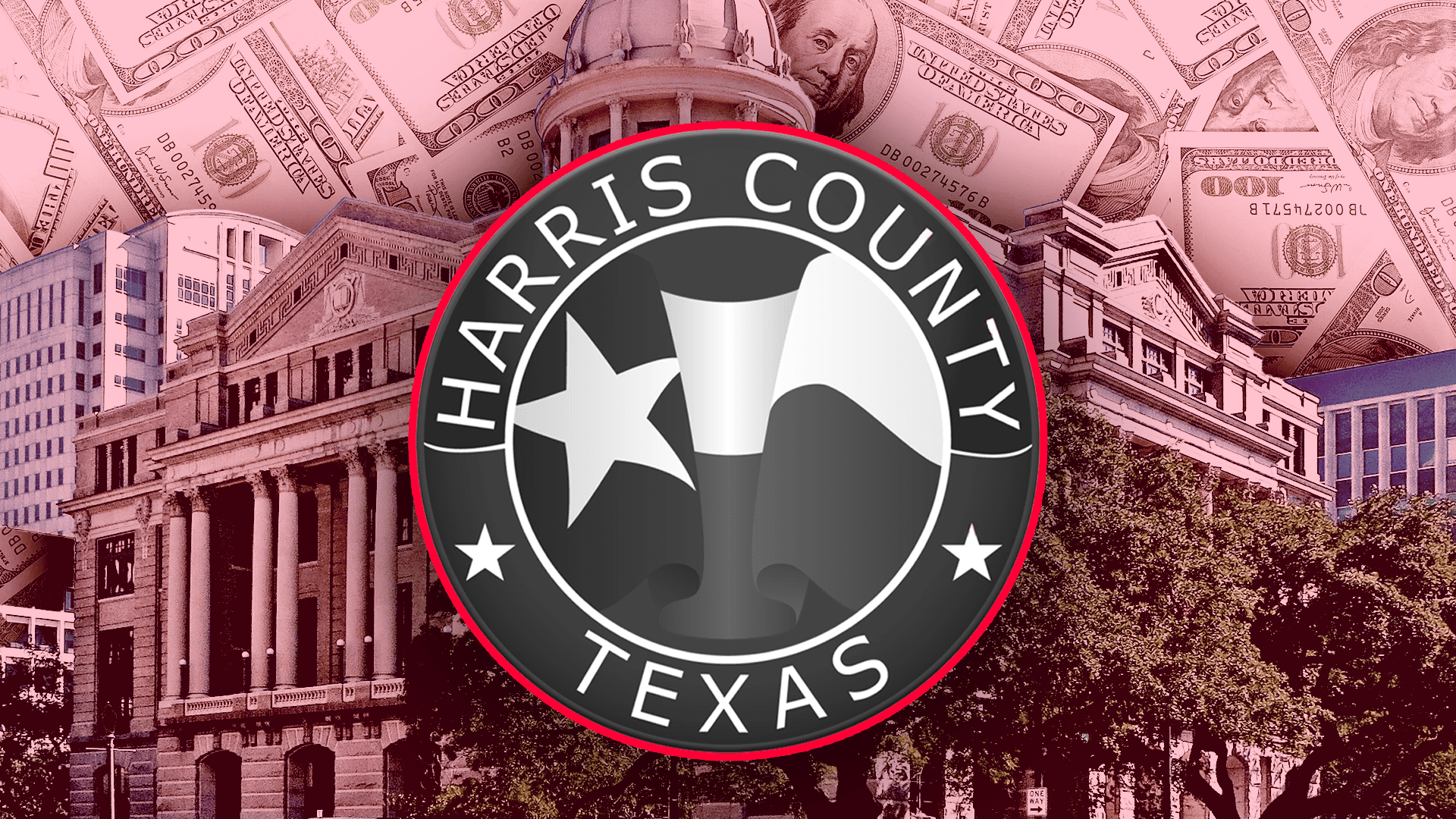Texas Central, the company behind the proposed “bullet train” that aims to connect passengers from Dallas to Houston, has had to overcome a number of political obstacles lately. From eminent domain to fiscal feasibility, some activists have expressed a variety of concerns regarding the project.
After last month’s winter storm almost wiped out the state’s entire power system, another potential issue was highlighted: the impact on Texas’ energy grid.
The Texan wrote:
According to the Final Environmental Impact Statement (FEIS) released by the Federal Railroad Administration last fall, “The Project would obtain electricity from the statewide grid, managed by Electric Reliability Council of Texas (ERCOT), resulting in an overall effect on statewide energy use. The total energy (electrical) demand of the Project, at maximum, is estimated to be 531,867 megawatt-hours (MWh) per year.” That amounts to an average daily use of 1,457 MWh.
ERCOT estimates that 1 MWh can fuel the needs of approximately 200 homes per day. The train system would have the energy requirements equivalent to approximately 291,400 homes.
To put that number in perspective, El Paso County has an estimated 296,101 housing units.
However, some suggest the project’s ultimate energy consumption is unpredictable. Kyle Workman, president of Texans Against High-Speed Rail, told Texas Scorecard:
Given the ever-changing misinformation presented by [Texas Central Railway], one has no idea if the forecasted energy usage is accurate or wildly inaccurate…Every factor is being overlooked; in fact, the PUC and ERCOT are looking the other way. A deep dive is in order to ferret out the realities of the power needs for the citizens of our state…
How does high-speed rail compare to other types of travel? Texas Central claims it will build a means of transportation that champions energy efficiency. In a post titled “Low Impact Design,” the company’s website states:
Texas High-Speed Train will connect North Texas and Houston in less than 90 minutes, using the most efficient and environmentally friendly mass transportation system in the world. Shinkansen trains have been operating in Japan for more than 50 years. They are entirely electric and emit just 1/8th of the carbon per passenger mile as a typical commercial jet.
Some still argue that with the status quo of an automotive-centric transportation system and a vulnerable electric grid, now is not the time to approve a high-speed rail project.
Could the energy consumption be offset? Workman isn’t optimistic. When asked about the argument that energy use will decrease in other means of travel, he argued that the two “hubs” largely prefer cars and have a relatively low population density, questioning whether Texas Central’s rail would be sufficiently utilized:
“The facts are that the enormous amount of energy required to construct this project will never be offset with any reduced energy consumption,” said Workman.
In October, Gov. Greg Abbott penned a letter praising the project, declaring “this venture has my full support.”





